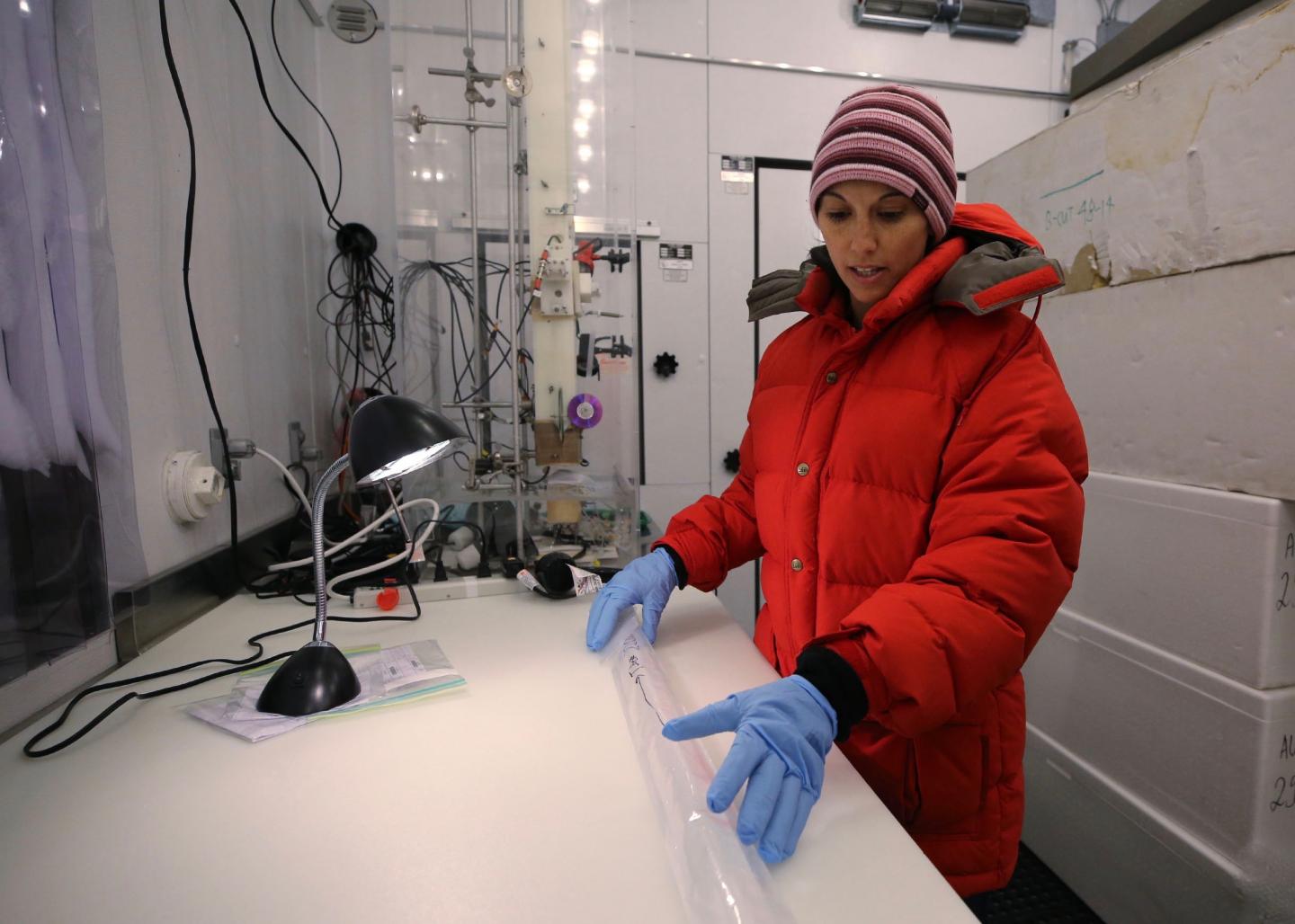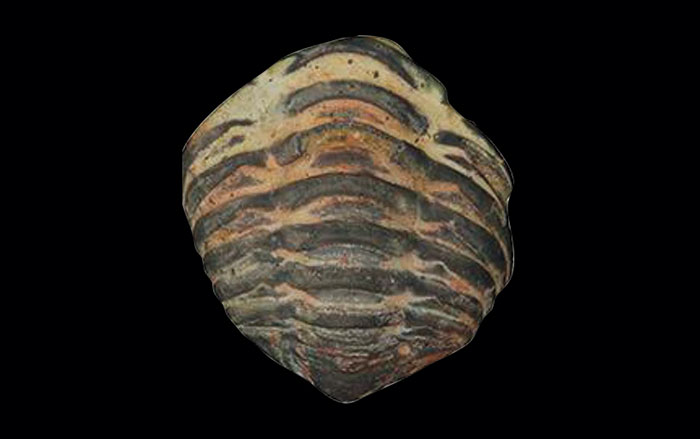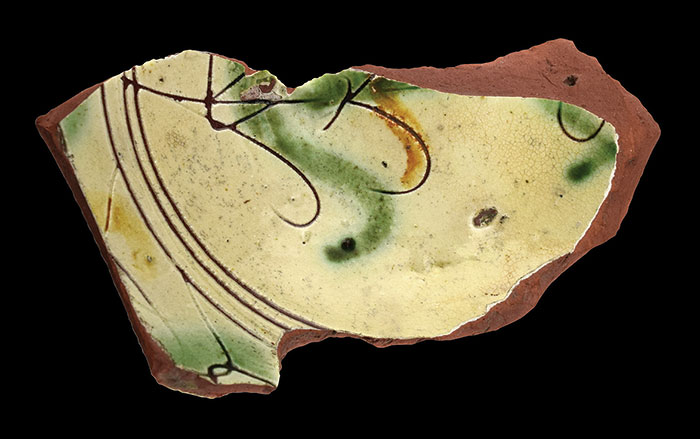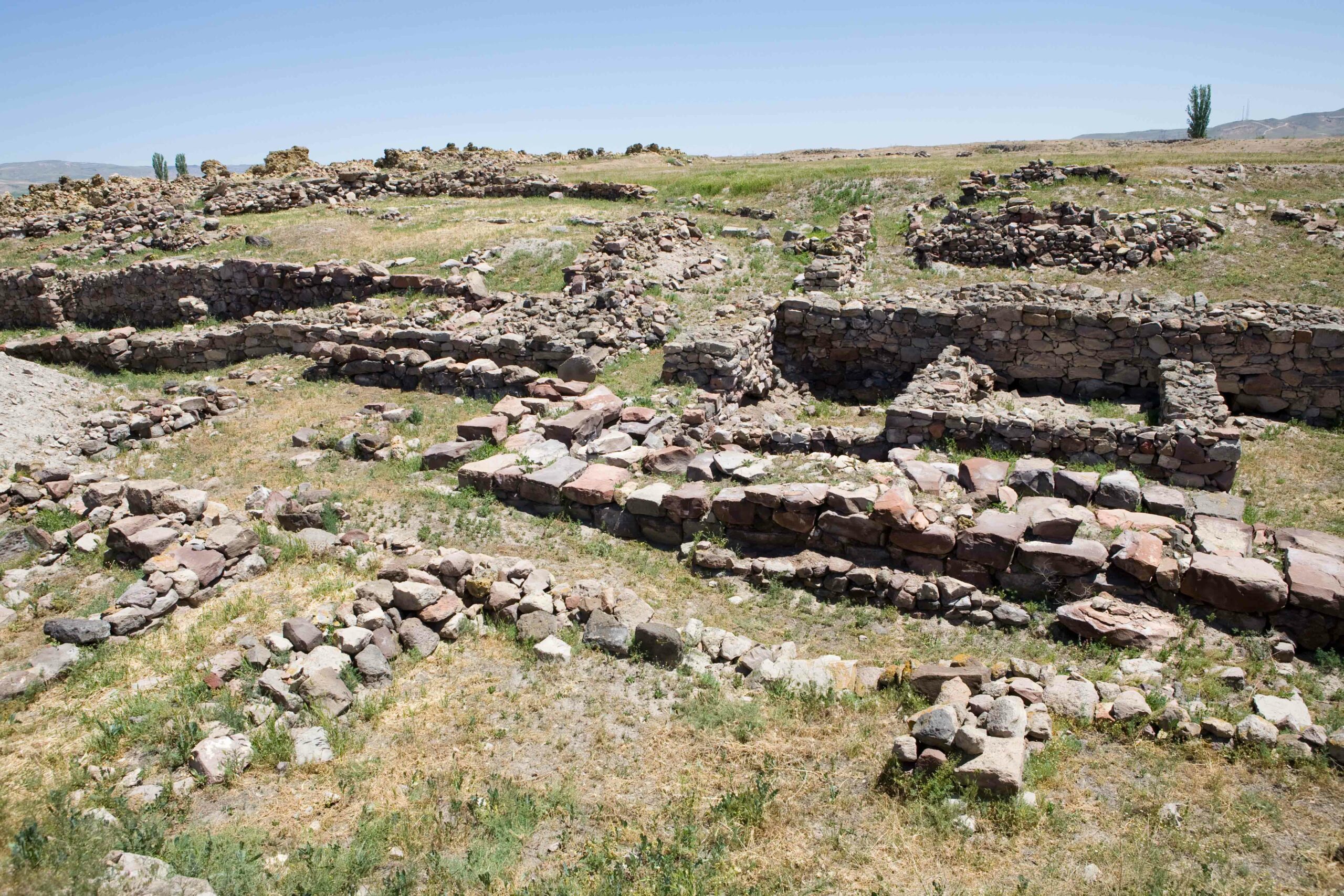
RENO, NEVADA—According to a Science Magazine report, evidence of Roman-era air pollution trapped in Greenland’s ice cap has been analyzed in detail by an international team of researchers led by Andrew Wilson of the University of Oxford and Joe McConnell of the Desert Research Institute. The experts examined layers of ice measuring some 1,300 feet deep, and obtained about 12 measurements of lead levels trapped in the ice for each year from 1100 B.C. to A.D. 800. The resulting 1,900-year timeline offers a detailed picture of pollution related to smelting silver, dust, and volcanic emissions. The study suggests that Roman lead pollution peaked in the first century A.D., during the height of the Empire when many silver coins were minted, and dropped dramatically around the year 165, likely due to the devastation brought by the Antonine Plague. A third-century drop has been attributed to the political instability brought on by the so-called Plague of Cyprian. The scientists also recorded dips in the level of lead pollution during times of war in Spain, where a lot of lead-silver smelting took place. For more on Roman use of silver, go to “Spain’s Silver Boom.”










